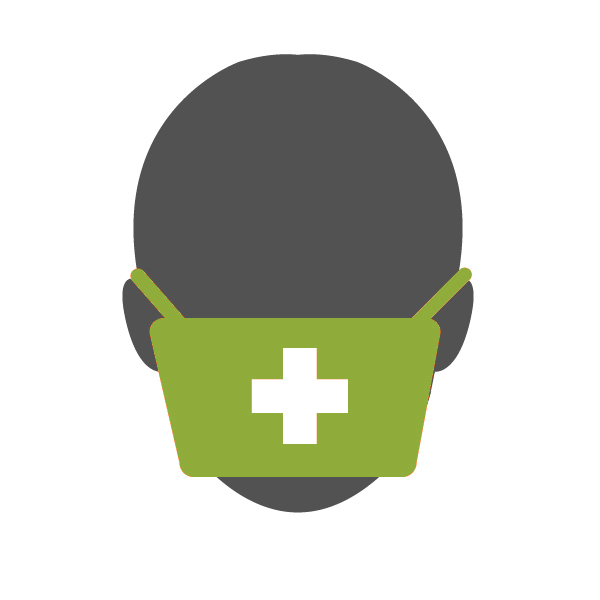Homelessness is a public health crisis. This has always been true, but never clearer than during the current pandemic, when people experiencing homelessness were identified among those at highest risk for infection, transmission, and death.
The COVID-19 pandemic has exposed the vulnerability of our public health infrastructure and its relationship to housing. During this pandemic, the ability to shelter in place has been key to protecting ourselves and others from the spread of COVID-19. Those who are homeless lack a place to shelter, which puts them not only at higher risk of contracting the coronavirus, but also of spreading it to other vulnerable community members.
This crisis has highlighted that the actors involved in upholding public health — from agencies to health care providers to social safety-net organizations — and homeless services are locked together in a shared fate. They must now create a permanent mandate, vision, and agenda for ending homelessness together. This primer serves to provide more information on public health and its intersection with homelessness.








